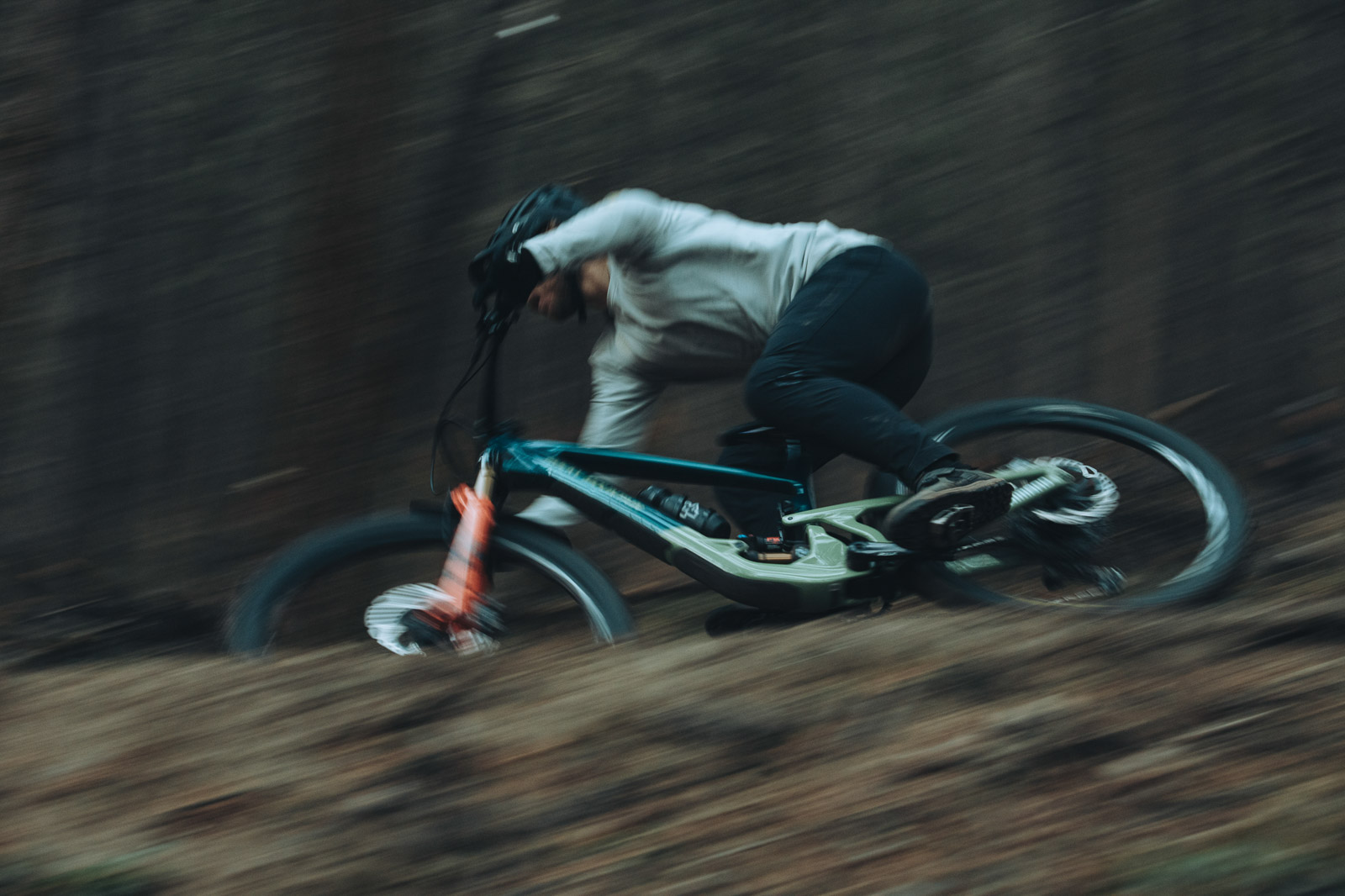It’s always exciting when a brand introduces (or re-introduces) a new or revised suspension linkage. With the release of the 2024 Altitude enduro bike, Rocky Mountain Bikes has revived the LC2R linkage they first used on the 2006 Slayer.
For the new Altitude, the LC2R linkage has been significantly updated. The upper link is much cleaner and simpler than the early LC2R designs, and the lower link is now concentric with the bottom bracket. Aside from the linkage the new Altitude also gets a reach adjust headset, a flip-chip to accommodate mixed wheel setups, and SRAM UDH-compatible rear ends.
I’ve been riding the new Altitude Carbon 70 Coil for a few weeks now, so my initial impressions of the bike are included below. I’ll follow up with a complete review article later this summer, so keep an eye on BikeRumor!
2024 Rocky Mountain Altitude – Frame Details:
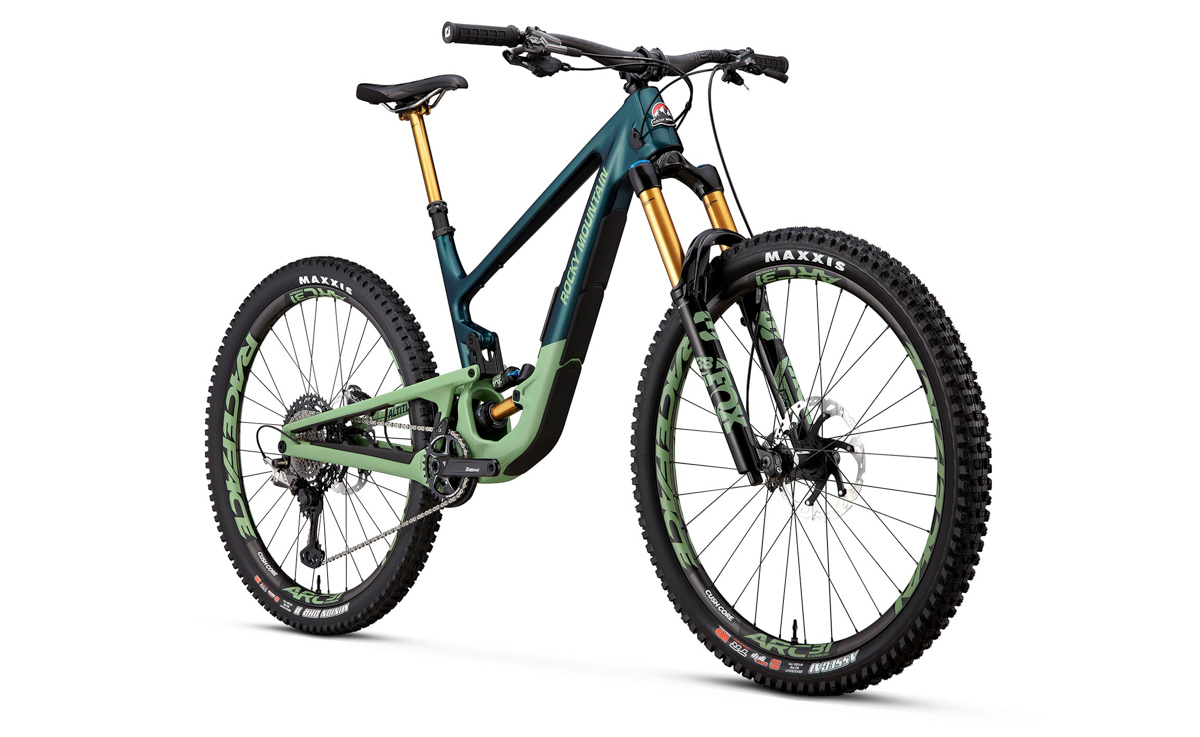
The 2024 Altitude will be available with both Smoothwall carbon and FORM alloy frames. The bike boasts 160mm of rear travel, and all models are equipped with 170mm forks. Of course the LC2R suspension linkage is the biggest update to the new Altitude, but we’ll get deeper into that below…

Continuing with RMB’s wheel size split, size small Altitude frames run 27.5” wheels while medium-XLs run 29” wheels. Rest assured mullet fans, the medium-XL frames are equipped to run mixed wheels. The frame includes a flip-chip that keeps its geometry basically the same with either rear-wheel size (aside from BB drop and 1/10th degree differences in some angles) with no aftermarket links or mounts required. You will have to supply a 27.5” rear wheel, as RMB only sells the Altitude with matched wheels.
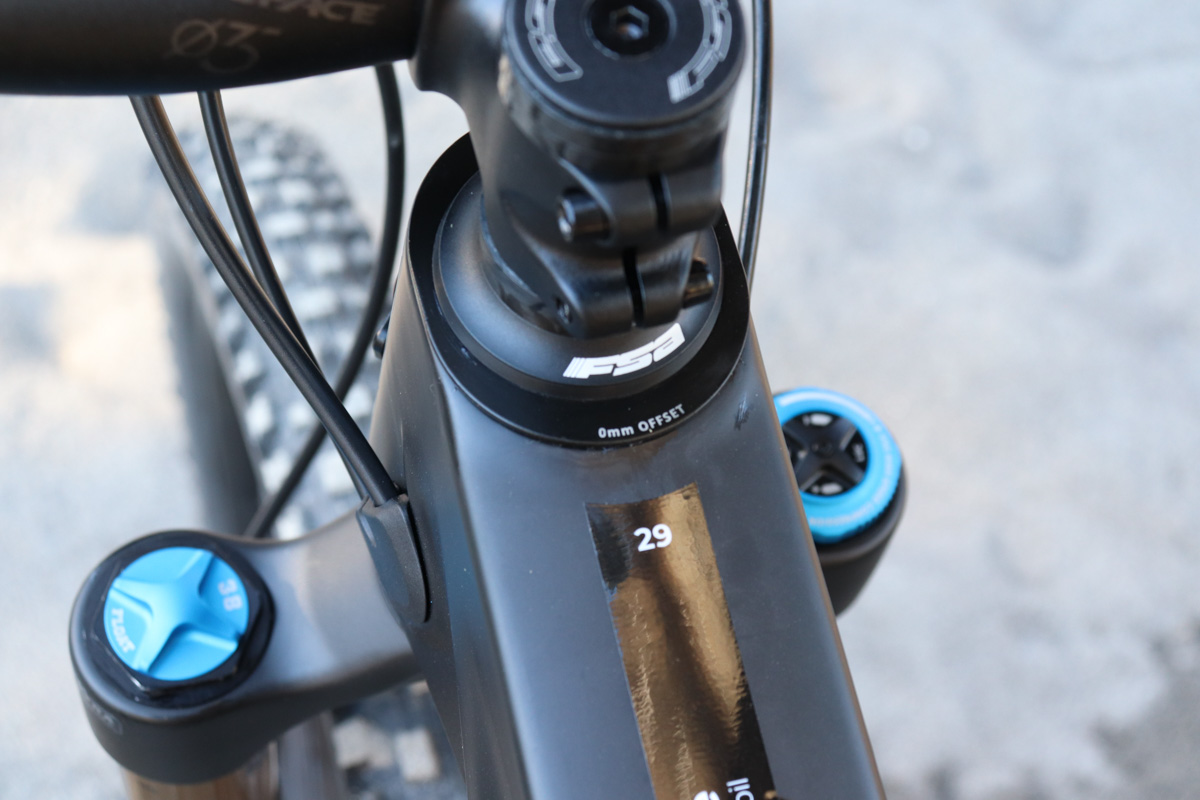
Another major addition to the new Altitude frame is an FSA Orbit reach adjust headset, which offers neutral and +/- 5mm positions. The different settings are achieved by swapping the headset cups. The cups are hand-pressed into the frame so that they can be swapped out without special tools.

The new Altitude includes Rocky Mountain’s Ride 4 chip, which adjusts both the frame’s geometry and suspension curve. One thing to note is the Ride 4 chip positions are different on the new Altitude versus other RMB bikes. The geometry chart below shows the Altitude’s chip positions.
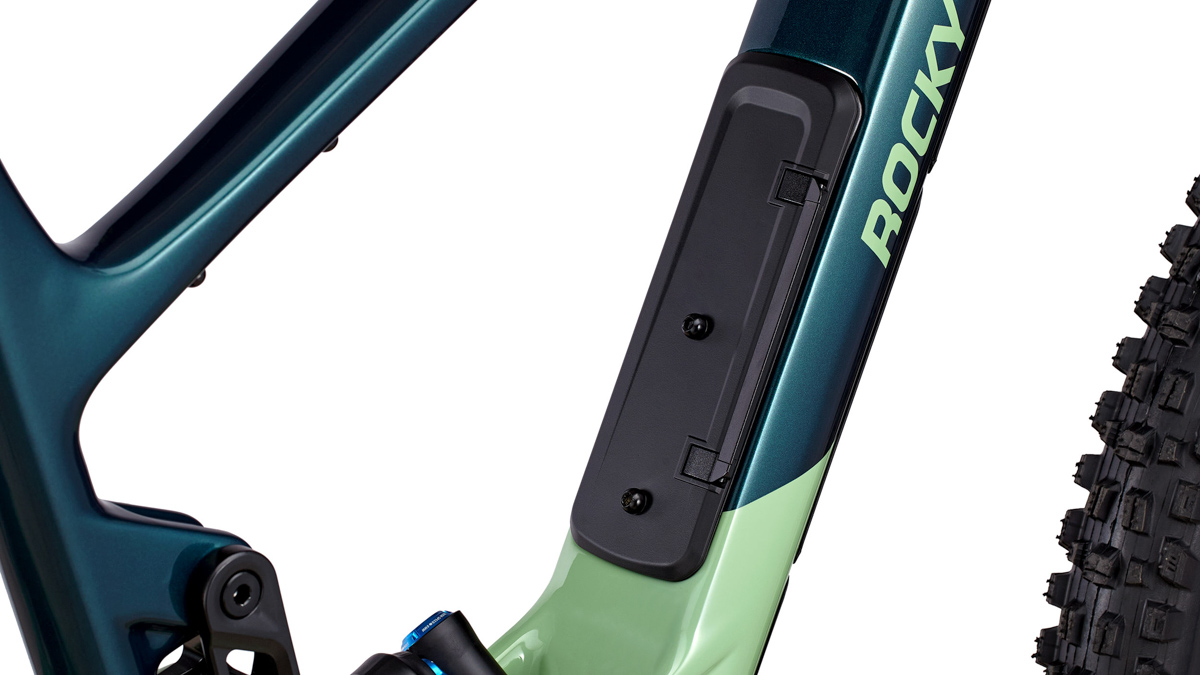
The new Altitude offers RMB’s PenaltyBox 2.0 down tube storage compartment, but on the carbon frames only. The storage door can hold a water bottle cage, and cleverly includes an internal compartment to hide an AirTag or Tile GPS beacon. Complete bikes come with both a tool wrap and a zippered tool bag designed for the storage compartment.
Fitments:
The Altitude frames feature fully enclosed internal cable routing, which accommodates international brake setups. Other key fitments include BSA threaded BB shells, Boost 148mm rear axles, 30.9mm seat posts, 2-bolt ISCG mounts, and SRAM UDH derailleur hangers.
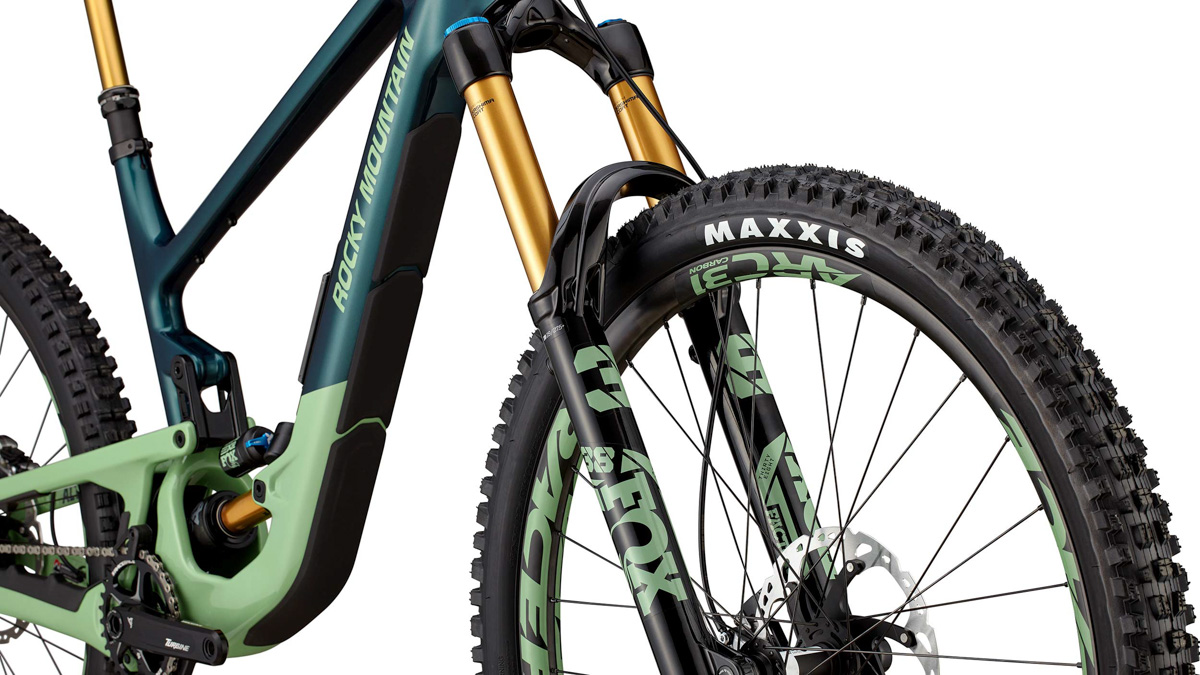
In addition to a bottle cage mount on the downtube (or PenaltyBox storage door on carbon models), the frames have an additional accessory mount on the bottom of the top tube. For protection, the frames have a chainstay guard and a lower down tube guard. RMB supplies two additional down tube guards which can be applied for extra protection, particularly for shuttling.
Stock dropper post sizes vary a bit by model. All small frames get a 150mm post, mediums get 170mm or 175mm, and L and XLs get 200mm. However, the top-tier Carbon 99 model gets a RockShox Reverb AXS wireless post so the M-XL frames stick with a 170mm post.
Suspension:
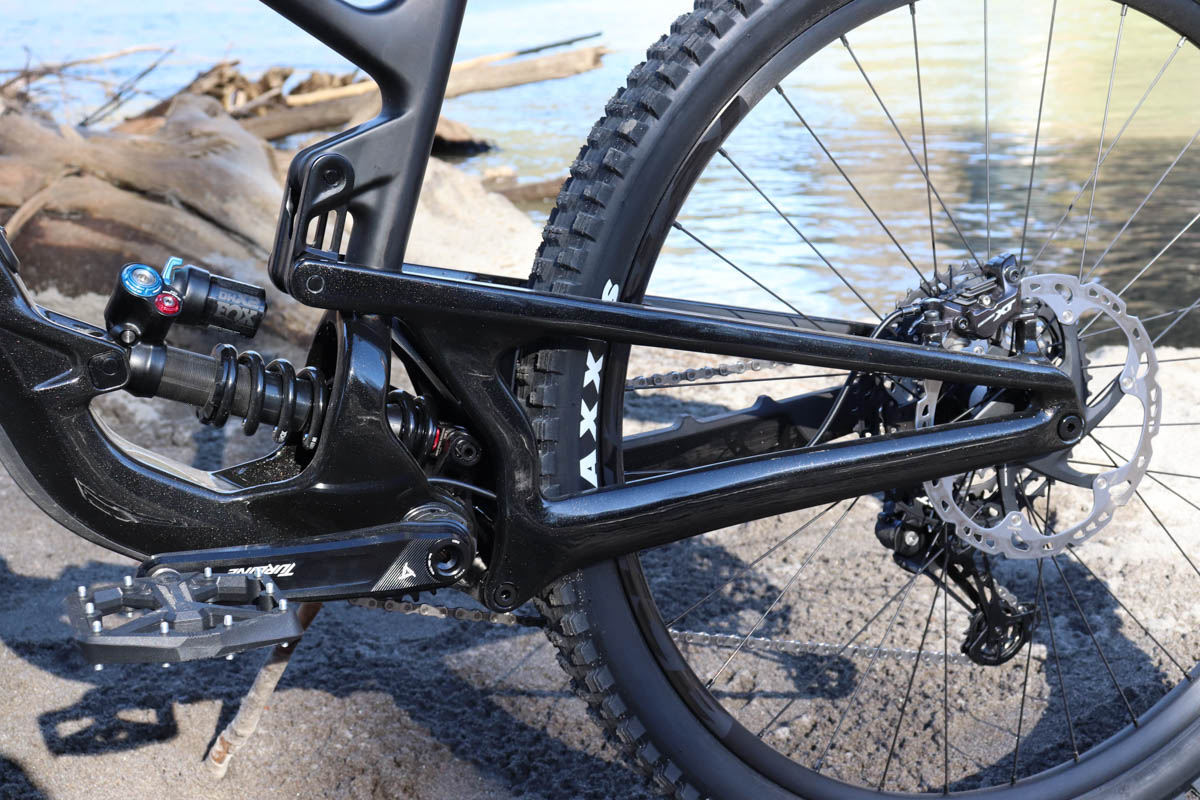
Undoubtedly the biggest news on the new Altitude is its LC2R linkage, which stands for “Low Center Counter Rotating”. This linkage first debuted on RMB’s early model Slayers and was later adapted to the Flatline downhill bikes. The version we see on the new Altitude has been refined and streamlined since the first iterations. Perhaps the most significant change is how the new LC2R linkage’s main pivot is concentric with the BB shell.

If you’re thinking the upper part of this linkage resembles another brand’s design, the Altitude’s press kit does describe the LC2R as “our unique take on a virtual pivot suspension design”. RMB describes the LC2R linkage’s ride qualities as follows; “The mixture of a tuned blend of anti-squat with a rate curve that is efficient and supportive yet responsive, supple, and quiet provides maximum traction, comfort, and performance.”
With its one-piece rear triangle, short links and oversized bearings the LC2R linkage provides increased lateral stiffness versus the previous Altitude. The new design also keeps the center of gravity lower in the frame and the rear shock sitting quite low.

The chart above shows the Altitude’s mostly linear rate curve. The linkage is designed to be highly responsive to small bumps, but to absorb medium and large impacts efficiently too. As shown above, the leverage rate ramps up in the last 25mm of travel to prevent harsh bottom-outs. RMB says the LC2R linkage maintains low pedal kickback, so chain tension won’t hamper suspension movement.
It’s also worth noting that Rocky Mountain offers size-specific shock tuning. Small bump compliance, mid-stroke support, and end-stroke progressiveness are specifically dialed in for each frame size. This ensures riders of all sizes get the ride qualities RMB intends. You can see in the chart above how the small frames aren’t as progressive as the larger sizes.
Geometry:
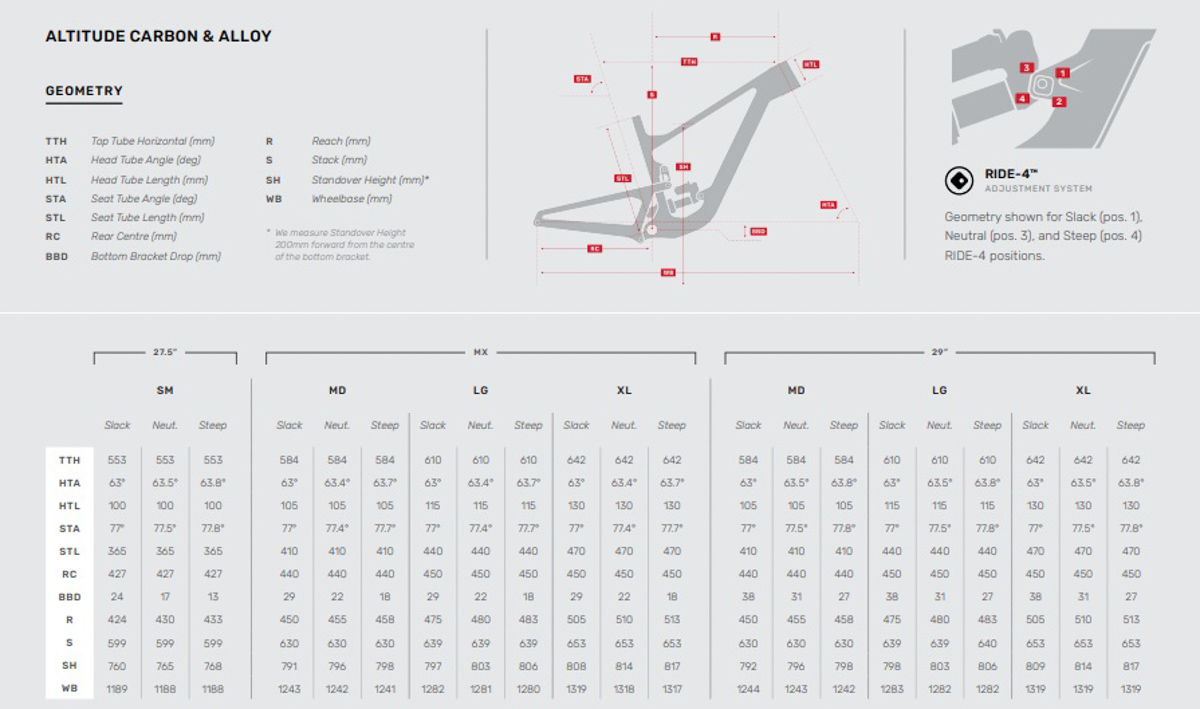
Check out the above chart for all the numbers, but here’s a quick rundown of the Altitude’s key figures. The first thing I noticed about the new Altitude’s geometry is how RMB did not go crazy with reach numbers. With the reach adjust headset and Ride 4 chip adjustments, the longest you can run a medium frame is 463mm, and a large 488mm (and that’s if you run the bike in its steepest position). In Slack mode you’re looking at a maximum reach of 455mm (M) and 480mm (L).
The new Altitude’s head angles are quite slack, varying from 63° to 63.8°. Seat masts are on the steep side, sitting between 77° and 77.8°.
RMB uses three different rear ends across the frame size range to offer appropriate lengths for all riders. Rear end lengths are not short at 440mm for a medium, and 450mm for large/XL frames. The small frame, with its 27.5” wheels, does have a shorter 427mm rear end. The 2024 Altitude does not include the 10mm +/- chainstay flip-chip RMB had included on the previous model.
Model Lineup and Pricing:

Rocky Mountain is offering a broad lineup of Altitude models that range from entry level to pro-level race machines. An Altitude frameset is also available in carbon only.
The range-topping Carbon 99 model gets RockShox Flight Attendant suspension front and rear, plus a SRAM XO AXS transmission and Reverb AXS dropper post. Wheel-abusing riders will appreciate the Cush Core inserts included on all carbon models and the Alloy 70 Coil. Check out RMB’s website to see complete build specs and frame color options for each model.
- Altitude Carbon 99 / $10,999
- Altitude Carbon 90 Rally Edition / $9,999
- Altitude Carbon 70 / $6,899
- Altitude Carbon 70 Coil / $7,199
- Altitude Carbon 50 / $5,699
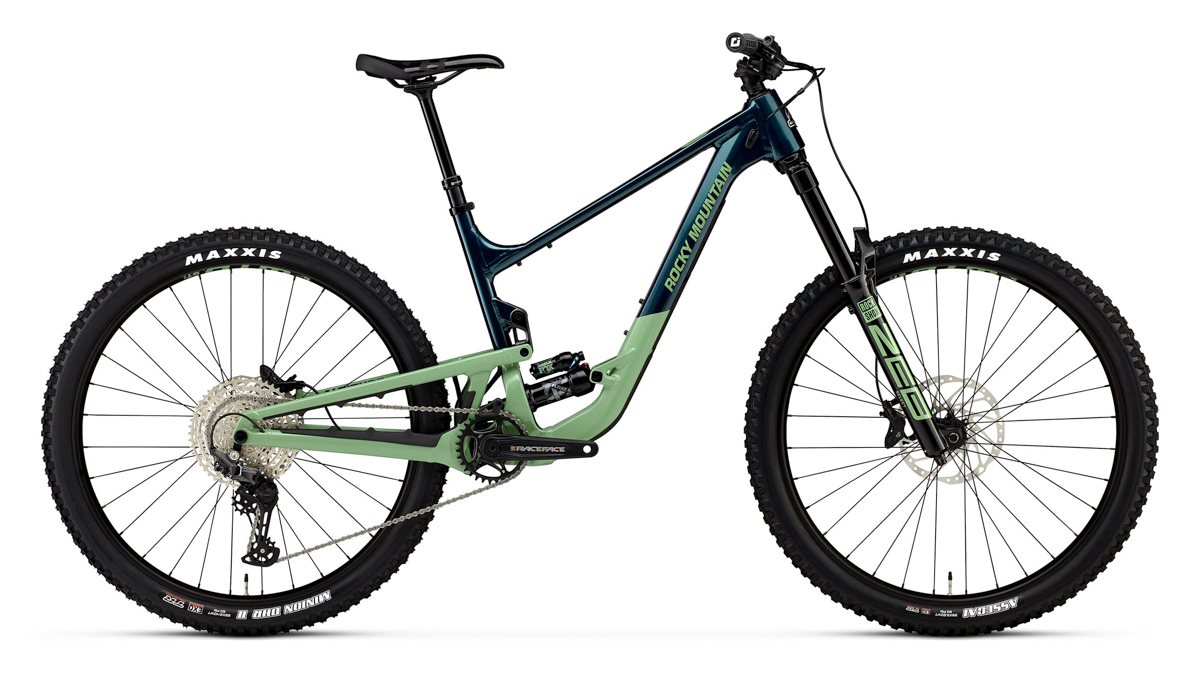
- Altitude Alloy 70 Coil / $5,699
- Altitude Alloy 50 / $4,799
- Altitude Alloy 30 / $3,999
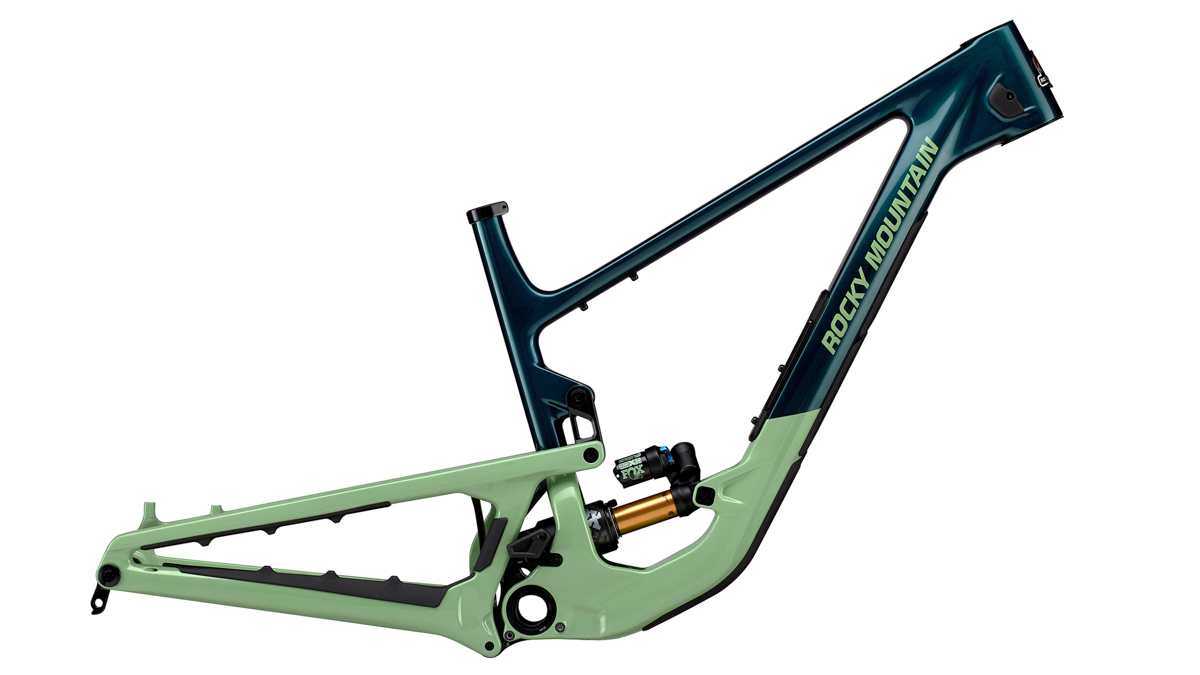
- Altitude Carbon Frameset / $4,099
The Altitude carbon frameset includes a Fox Float X2 Factory rear shock, and an FSA Orbit reach adjust headset. It also comes with a seat clamp, rear axle, UDH derailleur hanger, and both a tool roll and tool bag for the PenaltyBox 2.0 storage compartment.
Check out Rocky Mountain’s launch video for the Altitude, entitled “Tessellation”.
<iframe width=”560″ height=”315″ src=”https://www.youtube.com/embed/n1e_9IB4viI?si=KRYBX-Ft2GEDNWj2” title=”YouTube video player” frameborder=”0″ allow=”accelerometer; autoplay; clipboard-write; encrypted-media; gyroscope; picture-in-picture; web-share” referrerpolicy=”strict-origin-when-cross-origin” allowfullscreen></iframe>
Initial Ride Impressions – Climbing:
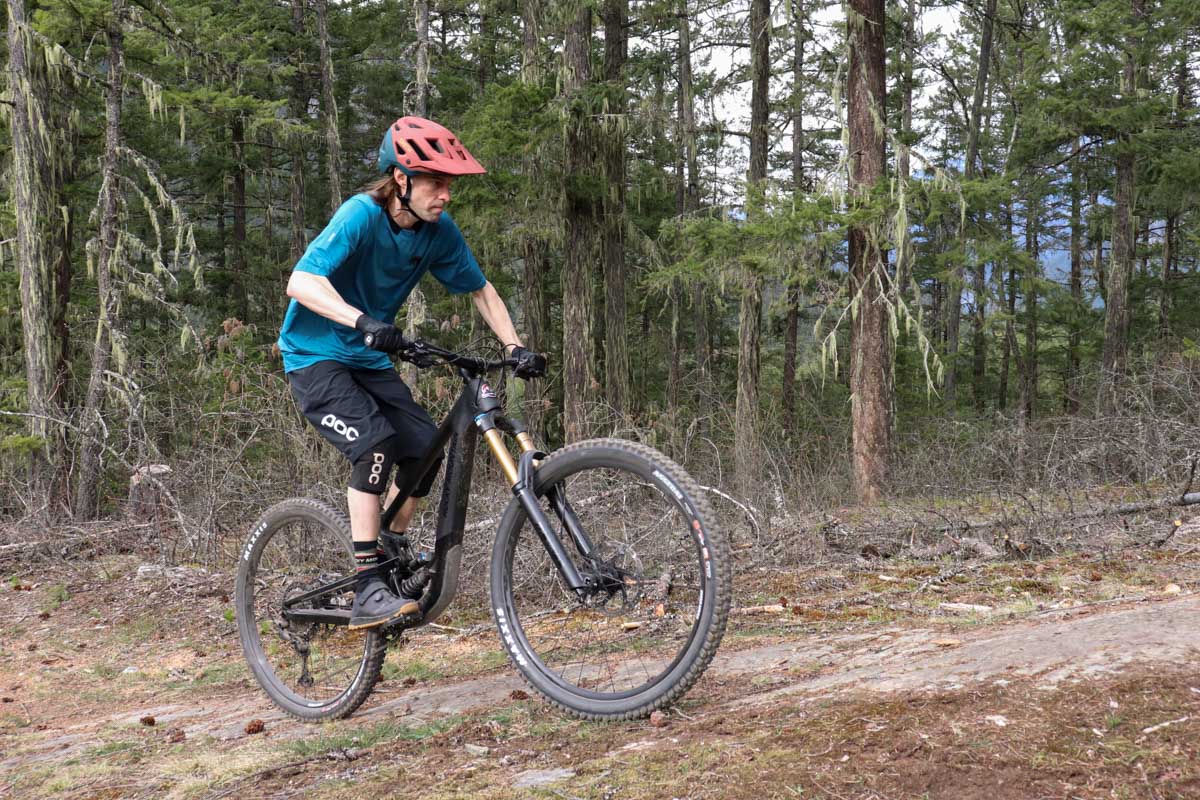
On my first ride with the new Altitude Carbon 70 Coil, I was immediately pleased with its climbing prowess. I quickly discovered that uphill ability isn’t due to weight, as the Altitude hit the scale at a very enduro-average 35.85lbs. The bike felt light on the trail, but maybe it was just ‘new bike stoke’.
I am pretty impressed with how well the bike pedals with the coil rear shock. The Fox DHX2 Factory rear shock’s Firm switch definitely reduces the shock’s tendency to dive into its travel, but the coil’s sensitivity still offers great traction on technical trails. I did climb a bit with the shock left wide open, and the Altitude’s linkage pedals fairly well but the rear end remains a lot more active without the shock helping out.
As for fit and geometry, I noticed the bike’s 455mm reach (with the headset and Ride 4 chip both in neutral position) did feel shorter than other bikes I’ve recently ridden. The upside to this is a very comfortable riding position, but I will admit the Altitude’s front end felt a bit light on steep climbs. I intend to switch to the longer reach setting, and I expect that will improve the bike’s balance. I like the rear end length of 440mm as it maintains good rear wheel traction, especially when the trail gets steep.
Descending:

As for descending, the biggest thing I noticed with the coil-equipped LC2R linkage is how it blows through repeated medium-sized bumps really nicely. I’ve never found RMB’s bikes to be the best bump-gobblers out there, but the new Altitude definitely does this better than any Rocky I’ve ridden yet. The highly active feel of the coil is great on descents, and since the Altitude still pedals very well with it I’d surely consider the coil model if I were a consumer living in an area with rough terrain.
With the reach at 455mm, I have enough room to move myself around on the bike easily. Leaning back for steeper sections is no problem, and there’s still ample room to tuck low into the front end on faster trails. The rear end length is what I’d call an ideal balance between stability and agility. The bike isn’t stretched out enough to feel sluggish in corners, but it offers a pretty stable ride at speed. The Altitude’s lower center of gravity helps enhance that stable ride feel too. Of course, the slack head tube angle feels great on steep downhill sections and furthers the Altitude’s capability to handle rough terrain.
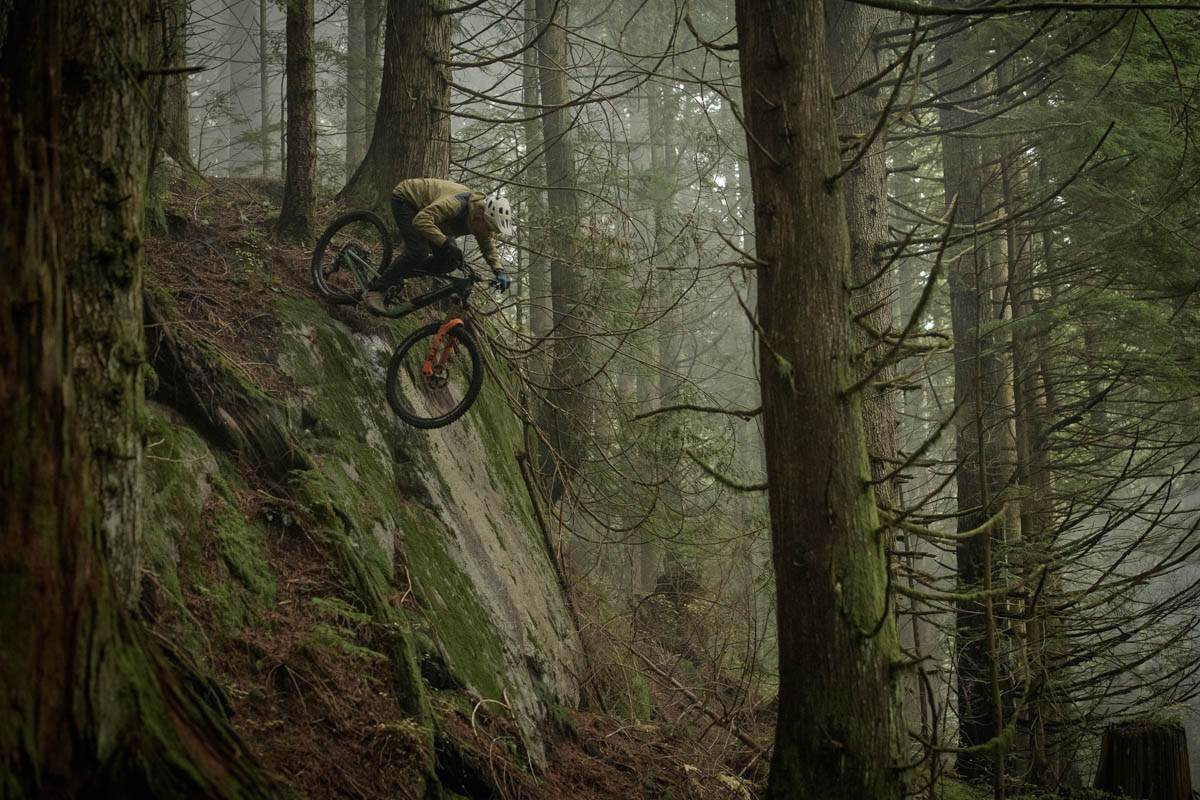
With just a handful of test rides so far, I’ll leave it to my upcoming review article to dive deeper into the Altitude’s ride qualities and on-trail performance. Watch out for that post later this summer!
